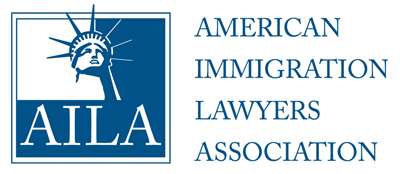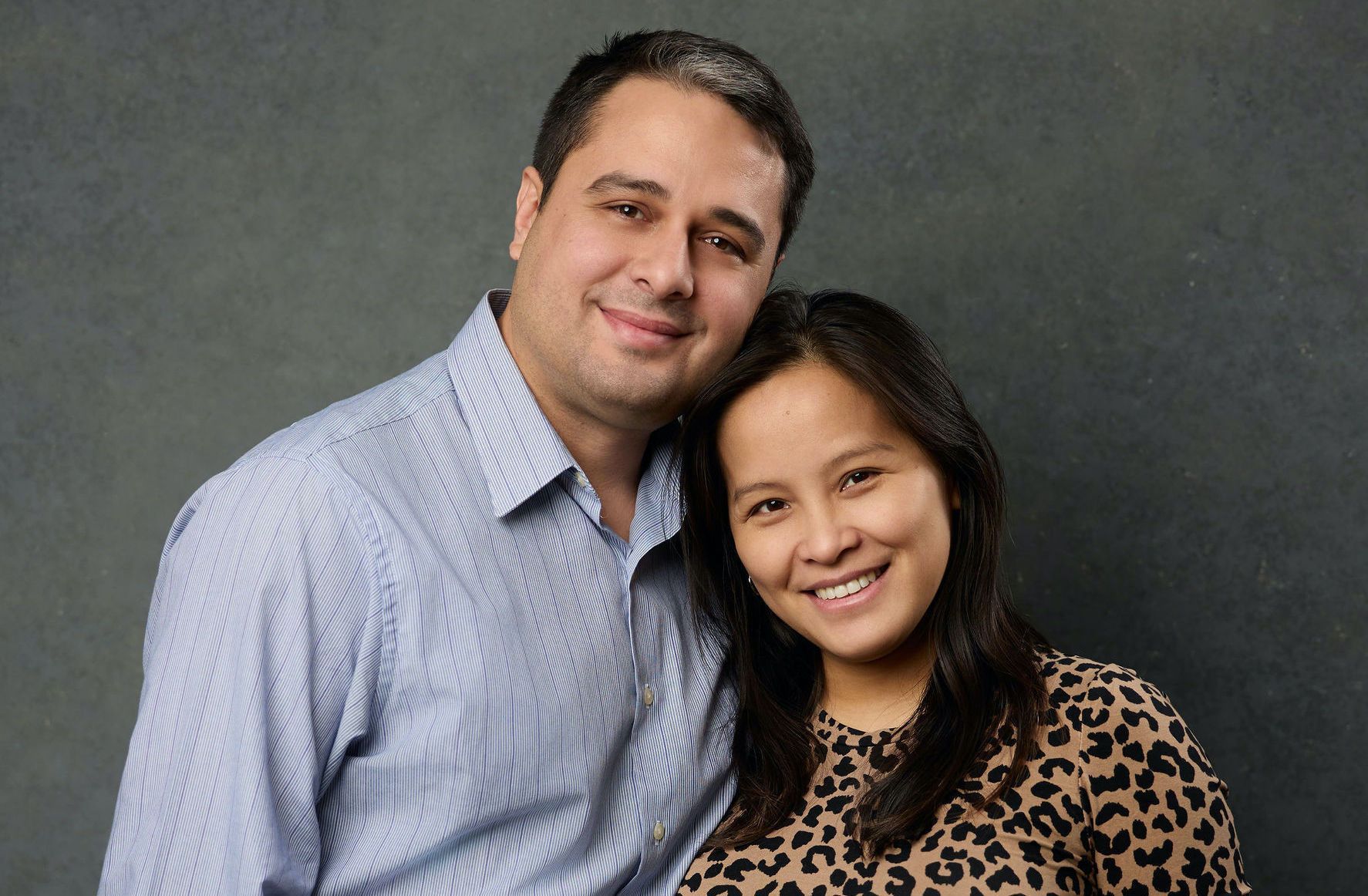From F-1 Student to H-1B Worker: Things to Note

New graduates from universities and colleges must always consider what comes next, how will their educational career evolve into their professional careers.
For international students on F-1 visas, the battle is especially intense because they have to:
- Find a job & (as if that isn’t hard enough),
- The employers must be willing to invest and sponsor their H-1B visas.
But, what are the things that F1 students should note when they are in the process of job hunting? H-1B for Students can make or break a professional career in the US. An important formula for many Students can be: F1 to OPT to H1B. This blog will explain further.
What is the Timeline in applying for Optional Practical Training (OPT)?
OPT stands for Optional Practical Training, and as the name spells out, it can be the first step into an F-1 Student breaking into their professional career. OPT allows you to be eligible to work temporarily on an F-1 status after graduation. During this employment, the F-1 Student is able to find an H-1B sponsoring employer and have the H-1B application filed and approved.
It is recommended to apply for OPT BEFORE you graduate from school. The regulations permit you to apply for OPT up to 90 days prior to graduation and NO LATER THAN 60 days grace period after graduation/program end date. The processing time for OPT usually takes 3-5 months to process.
Although OPT is usually granted for a 12-month period, some F-1 OPT may possibly be eligible for STEM-OPT 24-month extension, which is available for students majoring in science, math, engineering, and technology.
Your start date of OPT must be within 60 days after graduation. Please make sure that you contact your international student advisors for OPT application in a timely manner.
For the OPT, you have to work with your international student advisors to acquire an updated I-20, fill out and sign the Form I-765, and file the application with supporting documentation and the filing fee to the USCIS.
Does your field of study qualify for the STEM-OPT 24-month extension ?
Your field of study designates whether you are eligible for OPT extension, the potential jobs that you are looking for, and the opportunities for H-1B lottery. If you are in the fields of science, math, engineering, and technology (STEM), you may be eligible for an additional 24-month extension of OPT if you have a full-time qualifying job.
The STEM OPT extension allows you to have more than one chance for the H-1B Cap lottery. Most U.S. Employers are subject to a cap of 65,000 H-1B visas issued each fiscal year with an additional 20,000 quota for those with Master’s Degree or above. The fiscal year begins on October 1 st of each year, and the employers are allowed to file H-1B petitions up to six months prior (April 1 st ) to the October 1 st start date. This means for most non-STEM OPT students unless they find a job and the employer submits the H-1B petition on his/her behalf BEFORE graduation, they only have one chance to participate in the H-1B Cap lottery. The STEM OPT offers those qualifying F-1 graduates to have at least three chances to be drawn on the lottery while working for private companies in the related field.
Is the job you are looking for aligned with your field of study?
One key requirement for OPT status and H-1B visa is that all current or future employment positions must be related to your field of study at school. This means that if you are a computer science major, you may work as an IT person for an Investment Company, but you may not be employed as a bookkeeper for an IT company. You also cannot work as a server or waiter in restaurants as your job during OPT unless you were in a related field of study, even if they pay you more than your underpaid research jobs in a related field.
Does the employer give you a reasonable salary comparable to similar positions in other job postings?
There are no salary requirements when you work in a position of the related field of study during the OPT. This means you could do volunteer work, paid or unpaid internship, or part-time (at least 20 hours/week) or full-time positions with minimal wages.
However, in order to get an H-1B, the employer must pay you the wages comparable to similar positions in the industry of the region. Even though other U.S. employees in similar positions of the same employer are all underpaid, they cannot pay you lower than the average salary in the industry for the position you are applying for.
Who is eligible for Cap-Gap Extension?
If you have a job whose employer on April 1 st submitted your H-1B petition that has been selected by USCIS and will allow you to work as an H-1B starting from October 1, but your OPT status expires in mid-summer, what should you do with the gap?
The simple answer is to apply for Cap-Gap extension via your school’s international student advisor who will give you an updated I-20 for Cap-Gap cases. However, if your situation is more complicated than the scenario above, you may want to talk to an experienced immigration law attorney to clarify your situation and make sure you stay in status without violations before working under H-1B visa.
Has your employer ever hired an H-1B employee or have any knowledge about H-1Bs?
If your employer is interested in offering you a position, but they have no idea what H-1B is and what is required for a H-1B petition, please ask them to schedule an appointment with our office directly. Each case is different, and the information online may not apply to your particular situation or with your particular employer.
From the salary offered, job titles and duties, to your prior immigration status, field of studies, and employment history, they will all affect the H-1B petition process and procedures in different ways. H-1B visa for students is not a difficult visa to get and is quite common among foreign nationals who acquired professional degrees in the U.S. However, its commonality does not negate the complexity of the law and the fact that any mistakes in H-1B visa petitions may result in serious consequences for the foreign nationals in the long run. You and your employer should receive professional help and do the H-1B petition the right way from the very beginning.
If you would like to speak with an immigration attorney to learn more about your option and how to best plan for your transition into an H-1B Visa, please contact our office to set up a consultation.
Related Blog Post:
Disclaimer: This Blog is made available by the lawyer or law firm publisher for educational purposes only as well as to give you general information and a general understanding of the law, not to provide specific legal advice. By using this blog site you understand that there is no attorney-client relationship between you and the Blog/Web Site publisher. The Blog should not be used as a substitute for competent legal advice from a licensed professional attorney in your state.
The post From F-1 Student to H-1B Worker: Things to Note appeared first on Fickey Martinez Law Firm.












